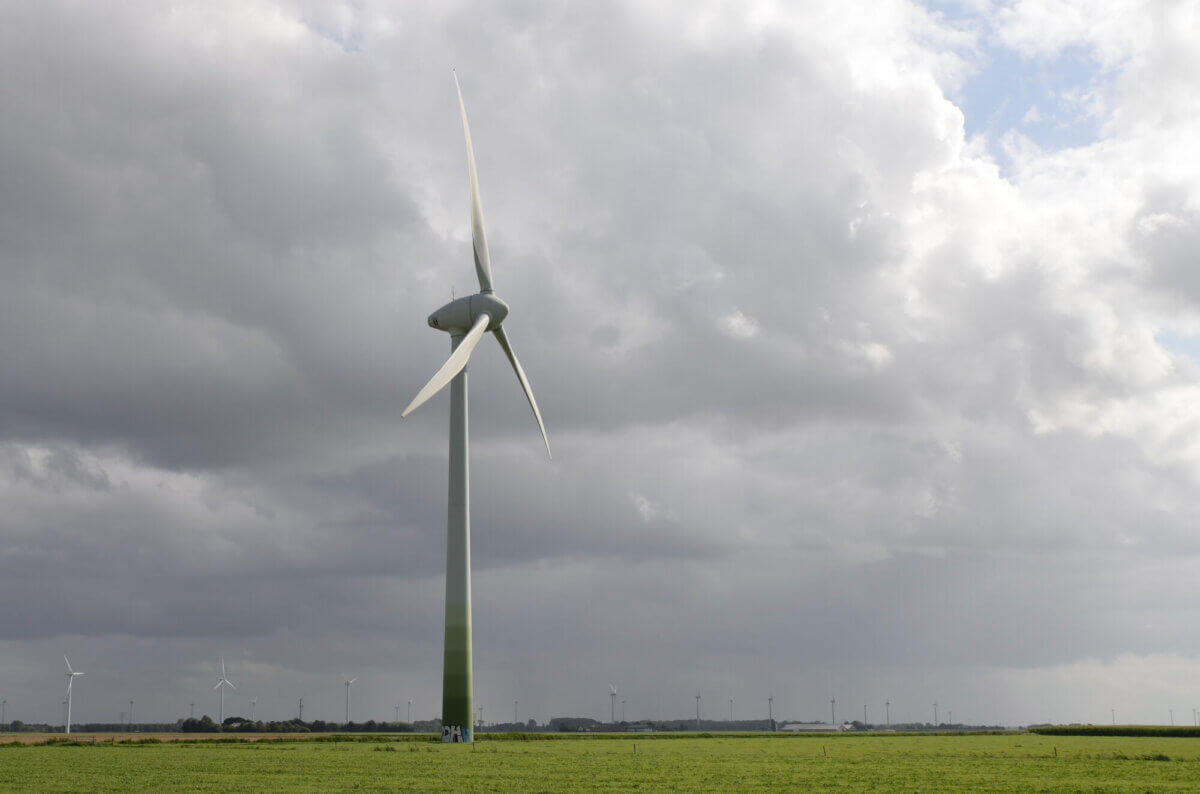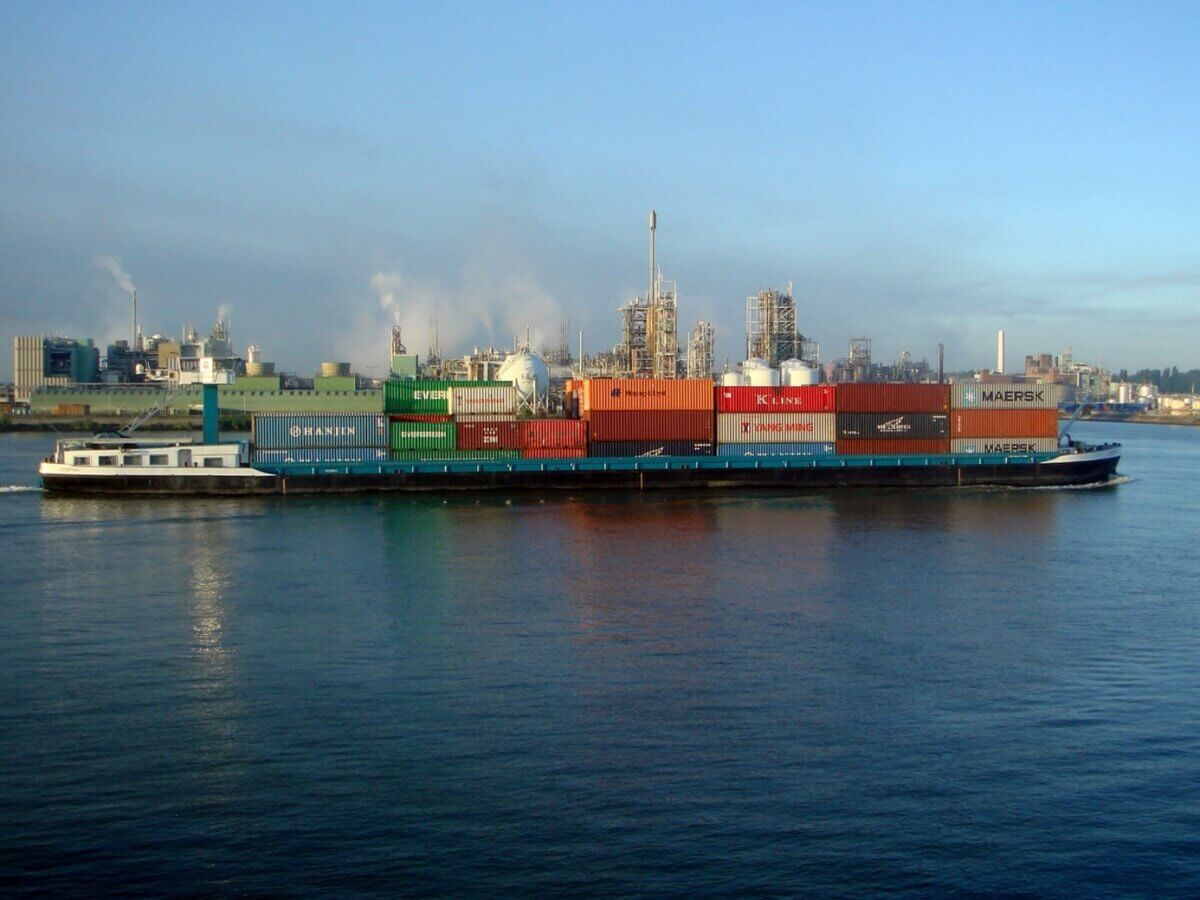With the Omgevingswet (Environmental and Planning Act/EPA), which will perhaps enter into force on January 1, 2023, the concept of ‘establishment’ will be abandoned. This concept is currently still used as the mainstay of regulation. Calculations are often made from the boundaries of the establishment in order to map out the consequences for the environment, and within the establishment, rules and supervision apply to all activities.
The reason that the legislator wants us to get rid of the concept of ‘establishment’ is the fact that a lot of case law was needed to interpret the concept, and to streamline the EPA with European law (where the concepts of ‘installations’ and ‘activities’ are central).
Thus, in the EPA “the environmentally harmful activity” (EHA) is central, not ‘the establishment’.
Under Article 5.1(2)(b) of the Act, it is prohibited to perform an EHA, without an environmental permit, “insofar as this concerns a case designated by order in council”.
The term EHA is defined in the Annex to the Act as follows: “activity that can cause adverse effects on the environment, not being a discharge activity to a surface water body or a discharge activity to a purification technique or a water extraction activity.”
The designation is broader than the old concept of establishments in some respects. It can also include hobbys, short-term activities and mobile activities. However, the definition adds that the activities must be ‘environmentally harmful’. I sense new case law!
The EHA are designated in chapter 3 of the Environment Activities Decree (Bal).
This also includes the designation of a ‘complex company’. Complex companies are companies that have potential high environmental impact. Seveso, IPPC, BRZO companies, etc. For these companies, subordinate activities also belong to the complex company.
The Gedeputeerde Staten (Provincial Executive) is the competent authority for these activities as referred to in Article 5.1 or 5.4 of the Act, if these activities are carried out at the same location, as is the case for complex companies. The ‘same location’ will then be the boundary as determined by the competent authority for the environmental permit. So pay attention to the application.
The legislator seems to be of the opinion that the ‘location at which one or more environmentally harmful activities are carried out’ entails more or less the same thing as the current concept of ‘establishment’. But this will probably crystallize out through case law (which undermines the need for the amendment of the concept of ‘establishment’).
To determine whether there is a complex operation, it must be established which EHA forms the core of the location and which other EHA’s at that location are ‘functionally supporting’ it.
Not infrequently, it is difficult to designate a main activity of a business. A change option from main activity to secondary activity and vice versa is also not provided. Flexibility is not a feature of the permitting policy.
Establishing this main activity is important because some exceptions will follow. Exceptions to the designation of this main activity. Only then is it determined which functionally supporting other EHA’s belong to this main activity.
The conclusion is that the current permits of the more environmental harmful businesses, will be transferred as permitted under the EPA quit smoothly without many complicated new rules and transitional law.
This blog was written by Jeanette Ozinga & Sophie Silverstein and is part of a series of articles around the Environment Act.




